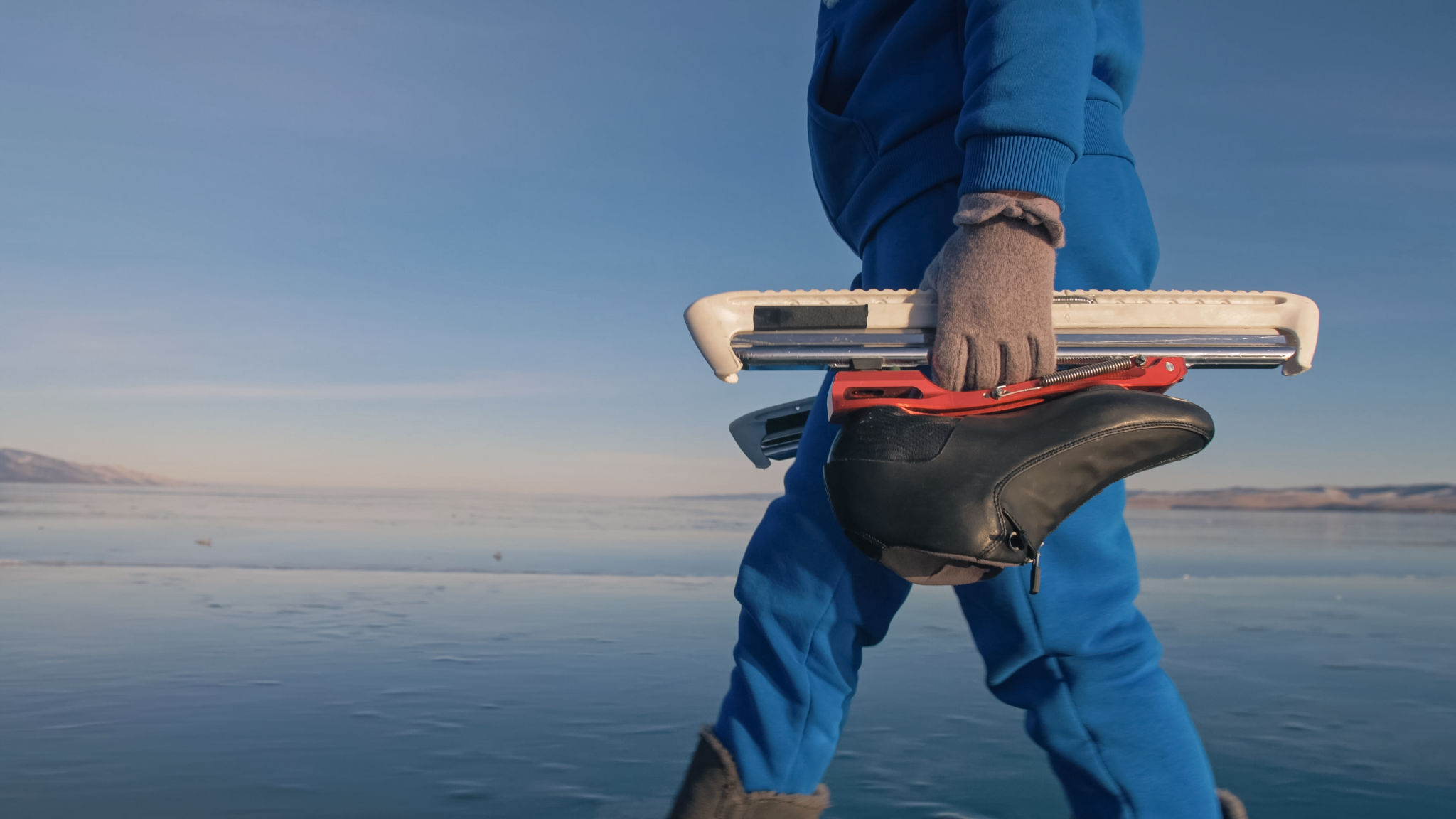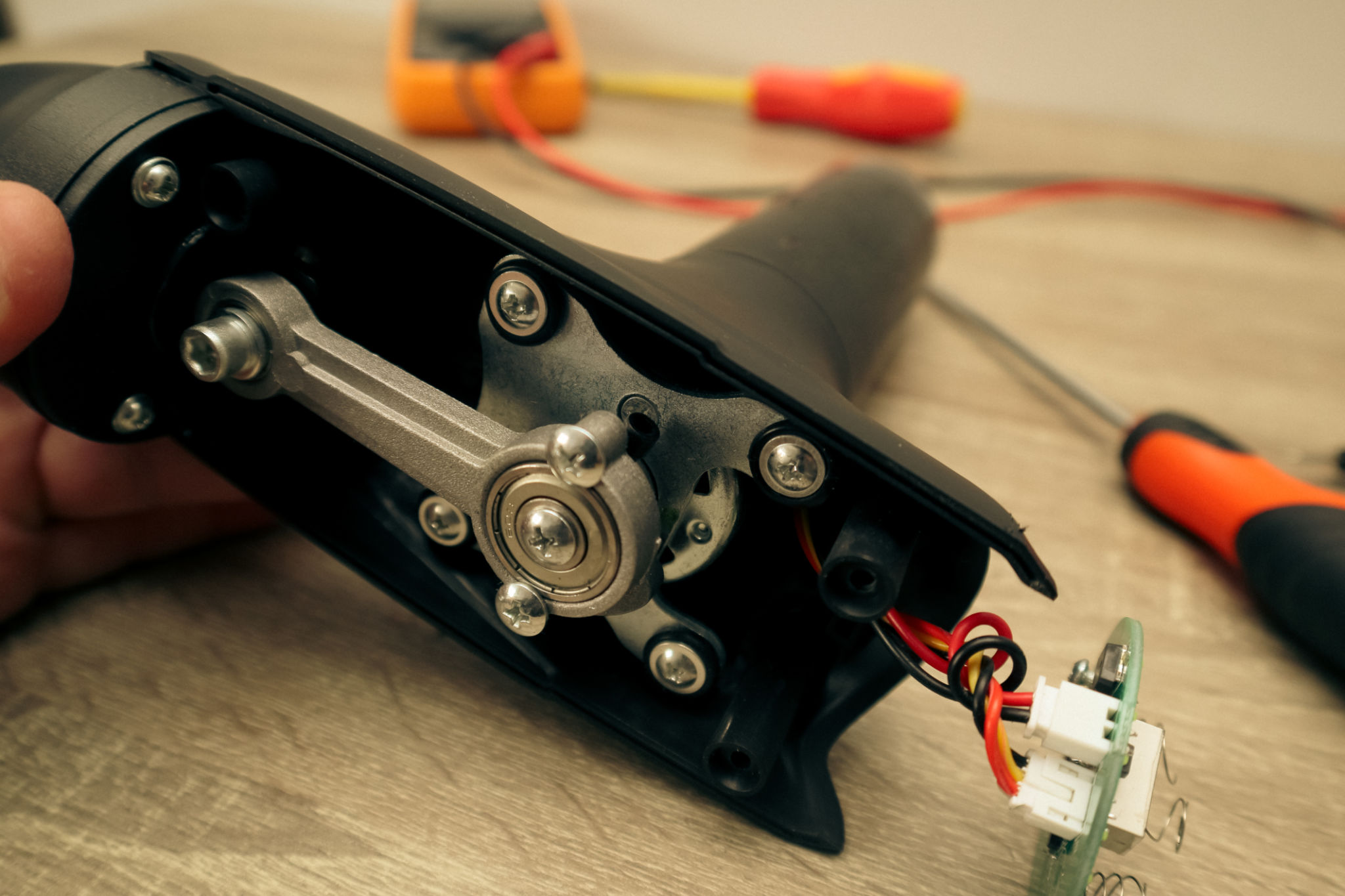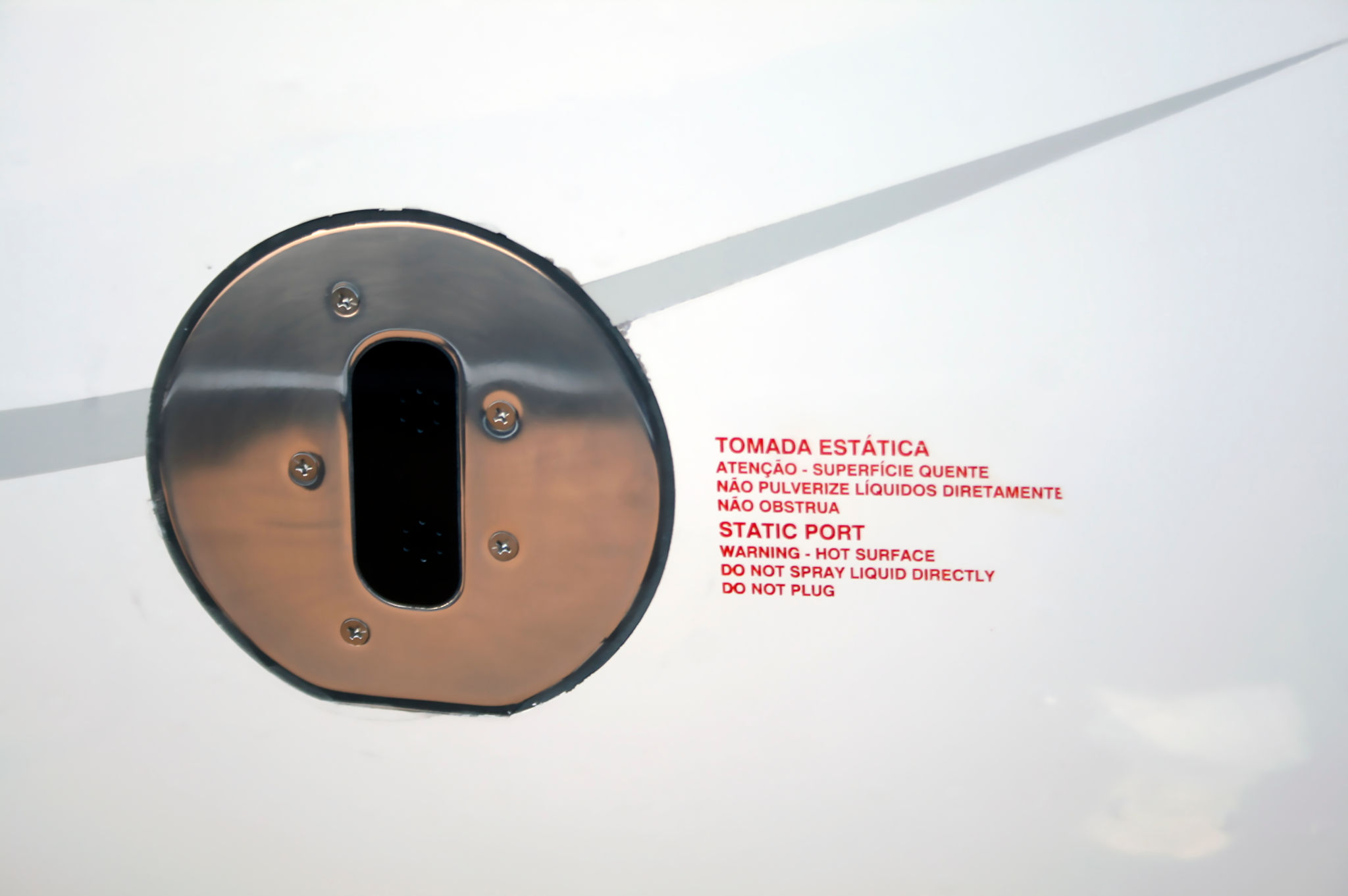Seasonal Efoiling Tips: How to Prepare for Cold Weather Rides
As the temperatures drop and the days grow shorter, dedicated efoil enthusiasts know that the thrill of gliding across cold waters is far from over. With the right preparation and mindset, you can enjoy efoiling even during the chillier months. Here are some essential tips to ensure safe and enjoyable cold-weather rides.
Gear Up Properly
The key to a comfortable cold-weather efoil experience lies in wearing the right gear. It's important to invest in a high-quality wetsuit or drysuit. While wetsuits are ideal for slightly cooler conditions, drysuits offer better protection against frigid waters. Ensure your suit fits well and provides flexibility for ease of movement.
Don't forget to protect your extremities. Neoprene gloves, booties, and a hood will keep your hands, feet, and head warm. These areas are particularly susceptible to cold, so maintaining their warmth is crucial.

Check Your Equipment
Cold weather can affect your gear's performance, so it's essential to inspect your equipment thoroughly before heading out. Check for any signs of wear and tear, especially on your foil, board, and battery connections. Cold temperatures can sometimes cause materials to become brittle, increasing the risk of damage.
Battery Care
Your efoil's battery is sensitive to temperature changes. Cold weather can reduce its efficiency and runtime. To mitigate this, store your battery indoors at room temperature before use and ensure it's fully charged. After your session, avoid storing it in cold conditions to prolong its lifespan.

Plan Your Session Wisely
When efoiling in cold weather, it's crucial to pick the right time and location for your session. Aim for daylight hours when the sun is at its peak to maximize warmth and visibility. Additionally, choose a spot known for calm waters to reduce the risk of sudden falls into icy waters.
Always check the weather forecast before heading out. Wind chill can significantly affect how cold you feel on the water, so it's best to avoid days with high winds or storms.
Safety First
Safety should always be a priority, especially in colder conditions. Wear a personal flotation device (PFD) at all times and consider using a helmet for additional protection. If you're new to cold-weather efoiling, consider going with a buddy or informing someone onshore about your plans.

Lastly, be mindful of how your body responds to the cold. Hypothermia is a real risk when spending extended periods in frigid conditions. If you start feeling excessively cold or experience symptoms like uncontrollable shivering, numbness, or fatigue, it's crucial to get out of the water immediately.
By following these seasonal efoiling tips, you can extend your riding season and continue to enjoy the sport you love safely and comfortably. Embrace the unique beauty of winter water adventures and glide through the season with confidence!